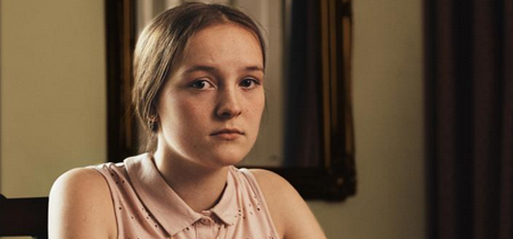
(Photo credit: Barnardo’s/campaigns)
Javed Khan, CEO, Barnardo’s
Barnado’s: Survey for Barnardo’s of 2,000 adults across the UK found that 31 per cent estimate that just five per cent of children are affected by sexual abuse. Sadly, the reality is far, far worse.
Research suggests 1 in 6 children are sexually abused, but those of us who work with vulnerable children know these numbers are just the tip of the iceberg. And as much as I wish I could say that it doesn’t happen in our community, unfortunately it does.
Victims and perpetrators of sexual abuse come from all ethnic and religious backgrounds. In fact, young people from minority groups including Black, Asian and ethnic minority children are more likely to be hidden victims and are routinely being missed in safeguarding, risk assessment and prevention work. Fear of being stigmatised or labelled can lead to many BAME children not being identified or getting the support they desperately need. They may also be referred to culturally inappropriate services that fail to meet their needs.
What parents can do
The most important thing is to engage with what your child is doing, on and offline. Celebrate when things are going well. Respond with patience and sensitivity when they’re worried or anxious. Children who know that there is nothing too big and nothing too small to talk about are much more likely to speak up when things feel wrong or unsafe.
Try to talk about feelings regularly. Speak to them about how they stay safe when they’re out of the house – including how they can contact you in an emergency and who else they could call for help. It’s important to talk to them about friendships – how they can give and receive support from peers. It’s also vital to talk about what they do online – apps they are using and games they are playing – and explore the safety features together.
Parents often wonder what they should look out for as potential signs their children are at risk. For older children and teens, these could be:
* changes in behaviour and mood (especially if they’re becoming more withdrawn)
* late nights out
* new friends who you haven’t met or heard about before
* any unexplained belongings that they might not have bought themselves
* their online activity
* unexplained injuries
For younger children, you may notice comments or elements of ‘playtime’ that seem sexual in nature and wonder where they learned this from. Try to discuss this without judgement and reassure them that you’re always there to talk to.
No one wants to believe that their child can fall prey to horrific crimes like abuse, but we can’t bury our heads in the sand. Today’s technology has made it easier than ever for abusers to reach children, even within the safety of a loving home. We must feel comfortable talking about this issue, so we can protect our children and empower them to speak out.